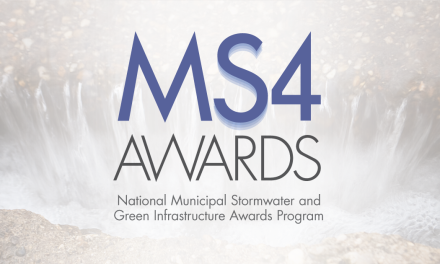On Jan. 21, the U.S. Environmental Protection Agency, automotive industry representatives, and the Environmental Council of the States signed an agreement to reduce the use of copper and other materials in motor vehicle brake pads. The Copper-Free Brake Initiative calls for cutting copper in brake pads to less than 5% by 2021 and to 0.5% by 2025. This voluntary initiative also calls for cutting the amount of mercury, lead, cadmium, asbestiform fibers, and chromium-6 salts in motor vehicle brake pads. These steps will decrease runoff of these materials from roads into the nation’s streams, rivers, and lakes, where these materials can harm fish, amphibians, and plants.
California and Washington have already passed requirements to reduce these materials in brake pads. Prior to their enactment, dust from vehicular braking released an estimated 590,000 kg (1.3 million lb) of copper into California’s environment in 2010 and about 113,000 kg (250,000 lb) into Washington’s environment in 2011. Estimates for California show copper in urban runoff down as much as 61% thanks to changes in brake pad composition.
“This historic MOU will provide the motor vehicle industry with consistent copper reduction guidelines and eliminate the potential for disparate state regulations,” said Steve Handschuh, president and CEO of the Motor and Equipment Manufacturers Association. “This has been a proactive, collaborative effort by regulatory agencies, states, and the motor vehicle industry to reduce copper in U.S. streams, rivers, and waterways.”
The initiative also will include an education and outreach component, testing of friction materials and constituents for alternatives, as well as marking and labeling friction material packaging and products.




